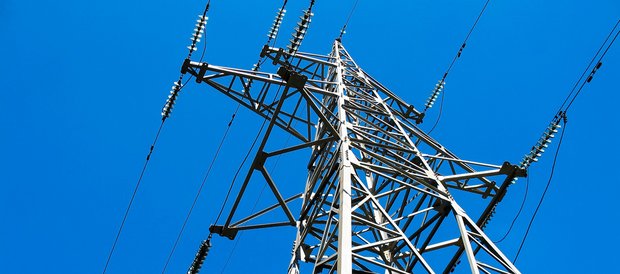DSM - Demand Side Management with EOS
Compliance with the 7000h regulation = 80% lower grid charges
A constant purchase of electrical energy guarantees the energy supplier (EVU) and the grid operator the optimal, economic use of their power plants and grids. Therefore, electricity suppliers offer attractive conditions for companies that purchase energy for their production "grid-serving". With a minimum annual consumption of 10GWh as well as 7,000 annual full load hours (quotient of purchased annual energy (kWh) divided by maximum purchased power (kW)), an electricity customer is classified as "grid-serving" by the utility. Grid charges included in the energy price can be reduced by up to 80% through individual agreements.
By lowering the load peak, covering the electricity demand by self-generation (e.g. CHP, PV) or the use of electrical energy in batteries, the dynamic load management EOS supports you in achieving this target.
Additional revenues with atypical grid usage and load management
Energy suppliers and grid operators reward "grid-serving behavior" by variable tariffs with reduced grid charges and additional revenues. "Grid-serving" is defined as the consumer-side relief of the demand for electrical energy at the respective peak load times of the supplier, e.g. by shifting the customer's annual peak load to a time outside the supplier's peak load time window. This atypical grid usage is reliably automated by the centralized and dynamic control of the EOS, which significantly increases economic efficiency - especially with the additional integration of local generators and energy storage.
The control for the purchase and provision of balancing energy (also called "control power", i.e. energy required by the grid operator to compensate for unforeseen power fluctuations in its power grid) can also be reliably implemented with EOS. Especially for industrial power consumers, EOS makes it possible to profitably place electrical loads in the market for balancing power.
Demand Side Management - easy explained>>

Short facts
- Variable tariffs: Atypical grid usage ( §19 StromNEV) with shifting of the annual peak load to a point in time outside the grid operator's peak load time window.
- 7000h rule: reduction of grid usage fees by up to 80%.
- Control energy: Additional revenues from the marketing of positive (reduction of own load) and negative (increase of load) balance energy (see also "Verordnung zu abschaltbaren Lasten - AbLaV" (Interruptible loads ordinance)).
Quicklinks
More EOS features
Integration of e-charging stations in central load management
EOS: State funding
Secure the subsidy of up to 40% of the investment
EAS Energy Management
Perfect combo for maximum energy and resource efficiency
EOS/EAS optimization add-ons
Powerful add-ons for sustainable operations and processes
EOS/EAS application areas
Optimization opportunities in your industry
dibalog full service
Consulting, implementation, support, training
![[Translate to English:]](/fileadmin/_processed_/3/2/csm_Kopfgrafik_EnergieVerkeh_Lastmanagement_341e74edcf.jpg)